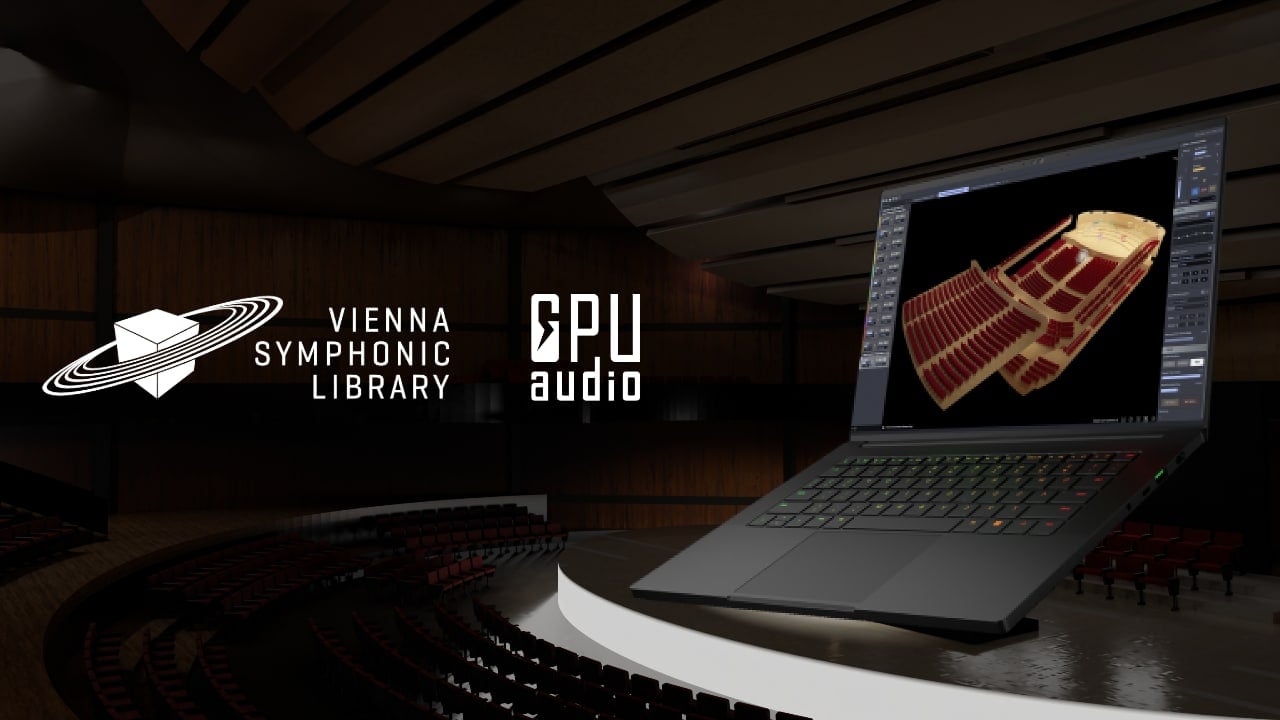
Audio processing on a GPU is now a thing, and we’re starting to see the first practical applications.
The company GPU Audio has changed the audio landscape by making it possible to use graphics cards to process audio. Until now, GPUs haven't been capable of processing audio, leaving already stressed CPUs to do all the heavy lifting.
And that's a problem because audio is increasingly demanding, with higher sample rates, more tracks, more plugins and ever more sophisticated signal processing. That's not to mention spacial audio formats like Dolby Atmos multiplying the resource load. All of this can add up to thousands of channels being processed simultaneously.
GPU Audio solves all of this by mapping audio processing onto GPU architecture. That's not easy, but it's been achieved in a way that it will be accessible to developers and consumers alike. This is a breakthrough. It massively reduces latency and opens up almost limitless processing power to nearly everyone - because most modern computers contain a GPU.
Now, the company has announced several new initiatives to demonstrate the new technique's power and make the technology available to end users.
The first is a partnership with the Vienna Symphonic Library, where users can simulate some of the world's most unique acoustic spaces, with up to four listener/mic positions and virtually unlimited source positions. The collaboration with GPU audio shifts huge swaths of CPU processes direct to the more powerful and streamlined graphics card. It's an approximately ten times increase in processing power.
Not only is this a significant new product, but it is the first third-party plugin which uses GPU Audio's patented technology.
Then there’s the Mach1 Spacial System, a forthcoming multichannel and spatial audio framework to allow the community to develop standards around the still relatively new medium of spatial audio. The intention is to allow the spacial audio to become as commonplace as stereo and free of proprietary formats so that it is available to everyone, consumers and developers alike.
Jacqueline Bosnjak, CEO of Mach1 said, "Since we all understand stereo and no one owns it, we can collectively develop tools that interface with it properly, which allows it to thrive as a creative digital medium. Mach1 and GPUA are building tools to enable spatial audio to reach its full potential as a new medium where artists and engineers have full creative control."
In addition, GPU's Beta Suite, consisting of Chorus, Phaser, Flanger, Convolution Reverb and Delay, will soon be available on macOS; there will be increased DAW support, and expanded AMD GPU support is coming in the next few weeks.
All in all, this is shaping up to be an exciting development. And this is just the start.
For more on GPU Audio, read David Shapton's article here.
Tags: Audio


Comments